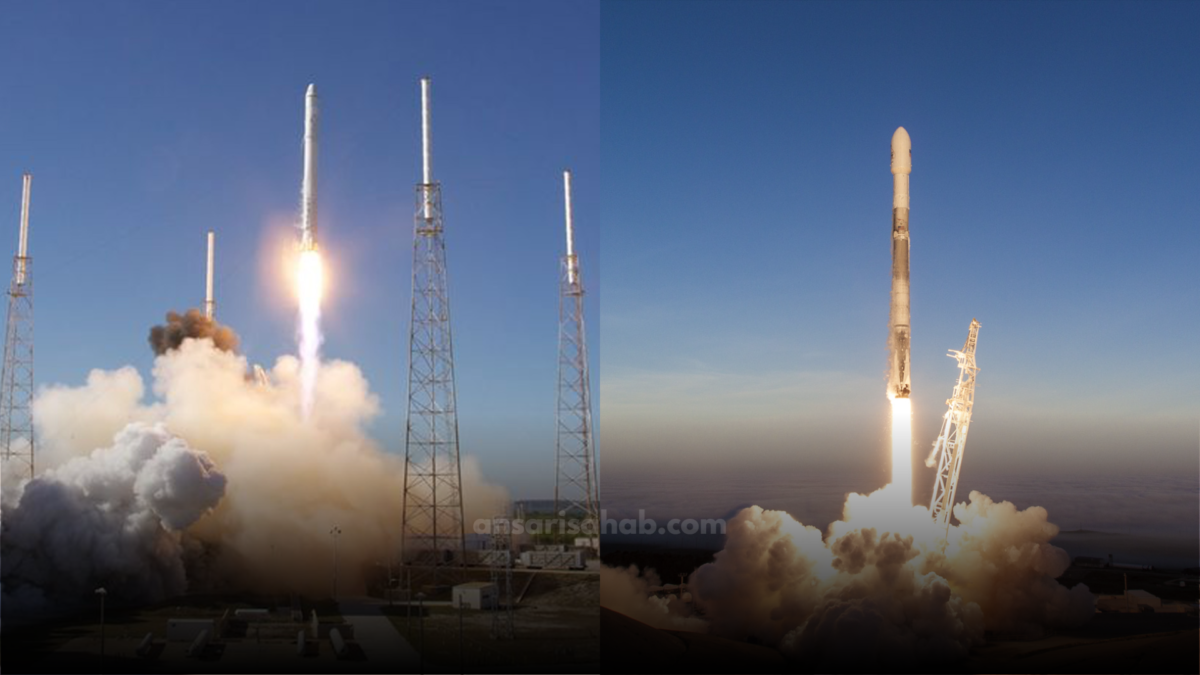
SpaceX, led by visionary entrepreneur Elon Musk, is making waves in the world of internet access through its groundbreaking Starlink project. The initiative involves deploying an extensive constellation of low Earth orbit (LEO) satellites to deliver high-speed, low-latency internet connectivity to users worldwide. In this blog, we will explore the latest updates on SpaceX’s Starlink project, with a focus on upcoming SpaceX Starlink launch.
SpaceX Recent Starlink Launch
On October 28, 2023, SpaceX achieved a remarkable milestone with two consecutive Starlink satellite launch. The first launch occurred at Cape Canaveral Space Force Station in Florida, and the second launch took place at Vandenberg Space Force Base in California. Each launch involved 22 Starlink satellites, contributing to a growing constellation that now comprises over 5,300 satellites.
These launches underscore SpaceX commitment to rapidly expanding the Starlink network. The long-term plan includes deploying a staggering total of 42,000 Starlink satellites, effectively creating a massive satellite network to provide high-speed internet access to billions of users around the globe.
Key Features of Starlink Satellites
- Low Earth Orbit (LEO): Starlink satellites are engineered to orbit the Earth at a relatively low altitude, approximately 300 miles. This close proximity enables them to offer high-speed internet access with minimal latency, ensuring a seamless online experience.
- Laser Communication: Each Starlink satellite is equipped with four laser communication terminals. These terminals facilitate seamless communication between satellites and ground stations, creating a cohesive network that ensures internet coverage, even in remote regions.
- High-Speed Connectivity: Starlink satellites boast the capability to provide internet speeds of up to 1 Gbps, a significant leap from traditional internet service providers. This boost in speed enhances user experiences, making bandwidth-intensive activities like gaming and high-definition video streaming smoother and more enjoyable.
- Global Internet Coverage: The ultimate aim of the Starlink project is to extend internet access to every corner of the Earth, including underserved regions. This ambitious goal seeks to bridge the digital divide and offer online opportunities to populations previously lacking connectivity.
SpaceX Launch Schedule for October 29, 2023
In addition to the successful launches on October 28, 2023, SpaceX has an equally ambitious plan for October 29, 2023. On this day, two more sets of 22 Starlink satellites each are set to be launched. The first launch is scheduled at Space Launch Complex 40 (SLC-40) at Cape Canaveral Space Force Station in Florida at 2:38 a.m. EDT. The second launch is planned from Space Launch Complex 4E (SLC-4E) at Vandenberg Space Force Base in California at 5:00 a.m. PDT.
These launches are pivotal in further expanding the Starlink constellation’s reach and capabilities.
Read Also: Tensions Escalate in the South China Sea: US Slams China for Dangerous Intercept of Bomber
Accessing Starlink Internet
Presently, Starlink internet is in its beta phase and is available to a select number of users in the United States, Canada, and the United Kingdom. To participate in the beta program, interested users can register on the Starlink website. SpaceX is committed to making Starlink internet accessible to people across the world by the end of 2024, marking a substantial expansion of its reach and impact.
The Future of Starlink
SpaceX is not resting on its laurels. The company is actively working on advancing the Starlink project. Plans include developing a new generation of Starlink satellites capable of delivering even higher speeds and lower latency. Additionally, SpaceX is exploring the possibility of offering Starlink services to businesses and governments, expanding the scope of its services to a wider range of users, from rural communities to multinational corporations.
Challenges and Considerations
While the Starlink project holds immense promise, it is not without its challenges:
- Cost: Establishing and maintaining a satellite constellation as extensive as Starlink demands substantial financial investments. SpaceX is channeling billions of dollars into this venture, and questions about its profitability persist.
- Competition: Starlink faces competition from other satellite internet providers, including OneWeb and Amazon’s Project Kuiper. The race to establish LEO satellite constellations is intensifying, which could potentially influence market dynamics.
- Regulatory Approval: SpaceX must secure regulatory approval from governments worldwide for satellite launches and operations. Navigating the complex and time-consuming regulatory landscape is an important aspect of the project.
A Look Ahead
The Starlink project represents a technological marvel and a commitment to addressing the global digital divide. As the constellation continues to expand, and new features and services are developed. The potential for Starlink to revolutionize internet access becomes more evident.
The launches on October 28, 2023, and those scheduled for October 29, 2023. Exemplify the progress SpaceX is making in realizing this vision. With the Starlink project, SpaceX is not only connecting the world but also redefining the way we access the internet. Making it more accessible, reliable, and faster than ever before.
In Conclusion
SpaceX’s Starlink project is poised to be a game-changer in the world of internet access. High-speed, low-latency connectivity available to people across the globe has the potential to significantly reduce the digital divide. While challenges remain, SpaceX’s dedication to pushing the boundaries of technology and innovation shows. That a brighter, more connected future is on the horizon. As Starlink continues to develop, it will be fascinating to witness the transformative impact it will have in the years to come.








